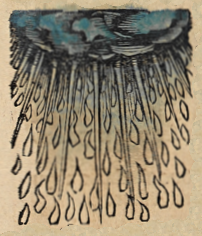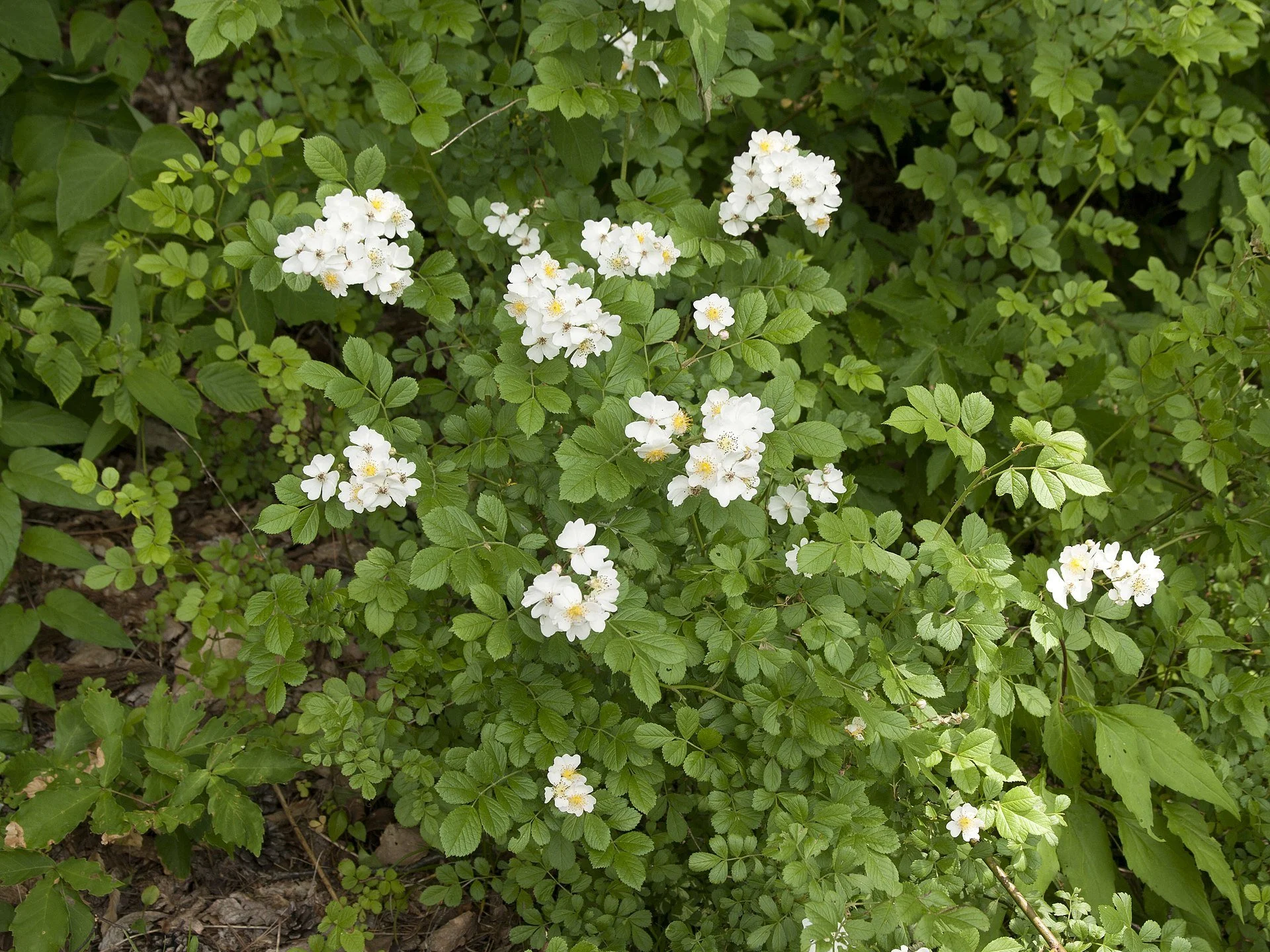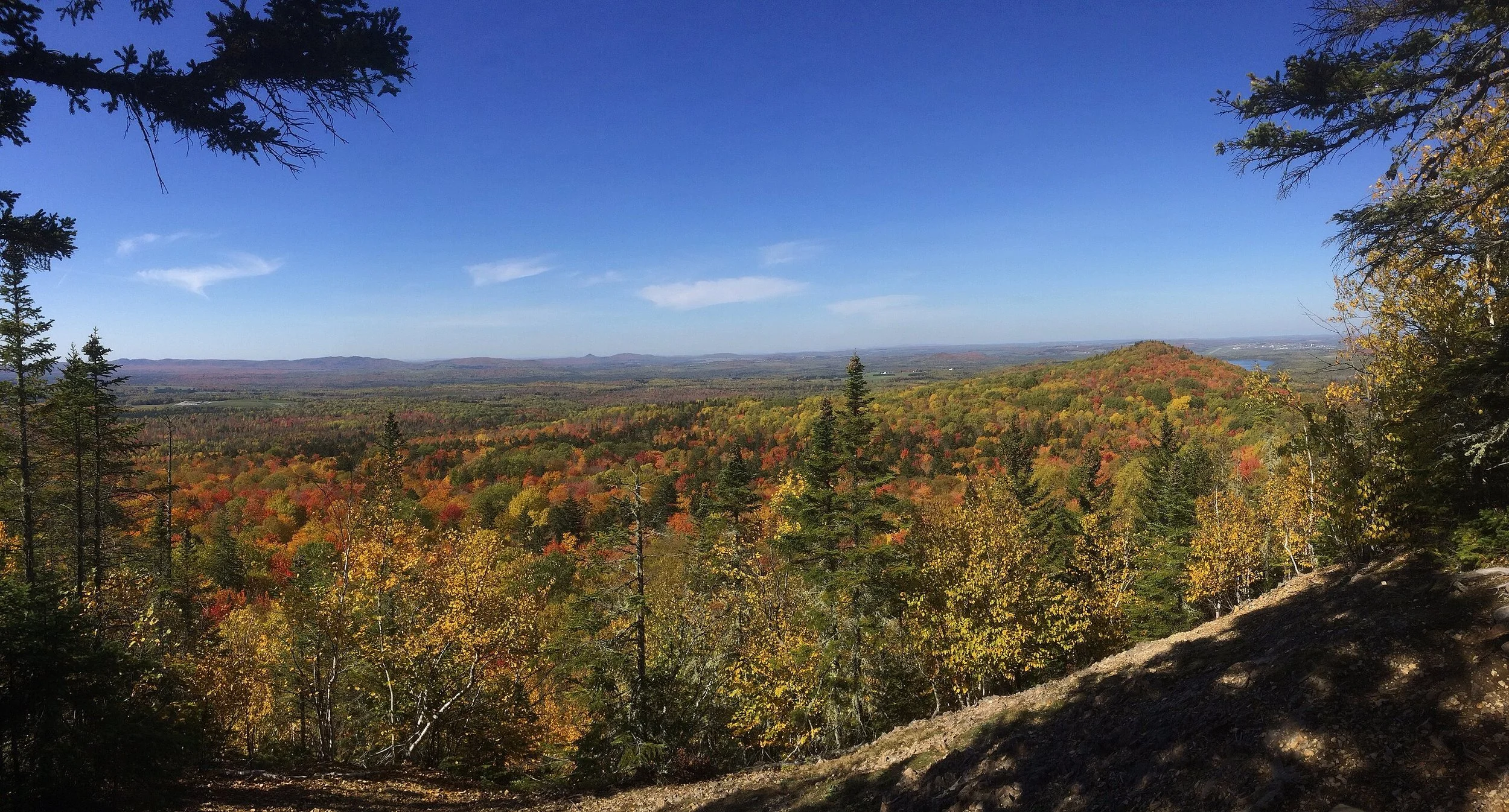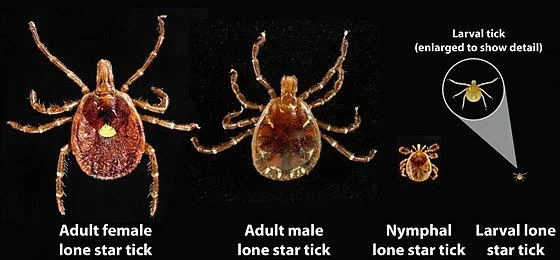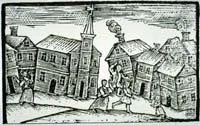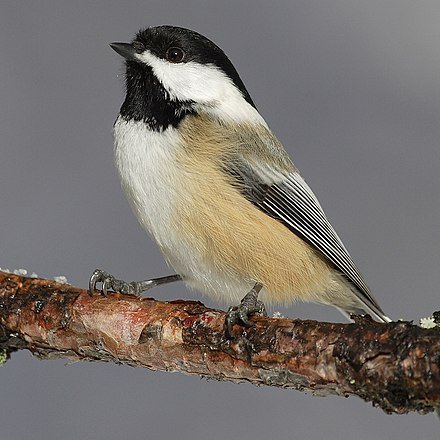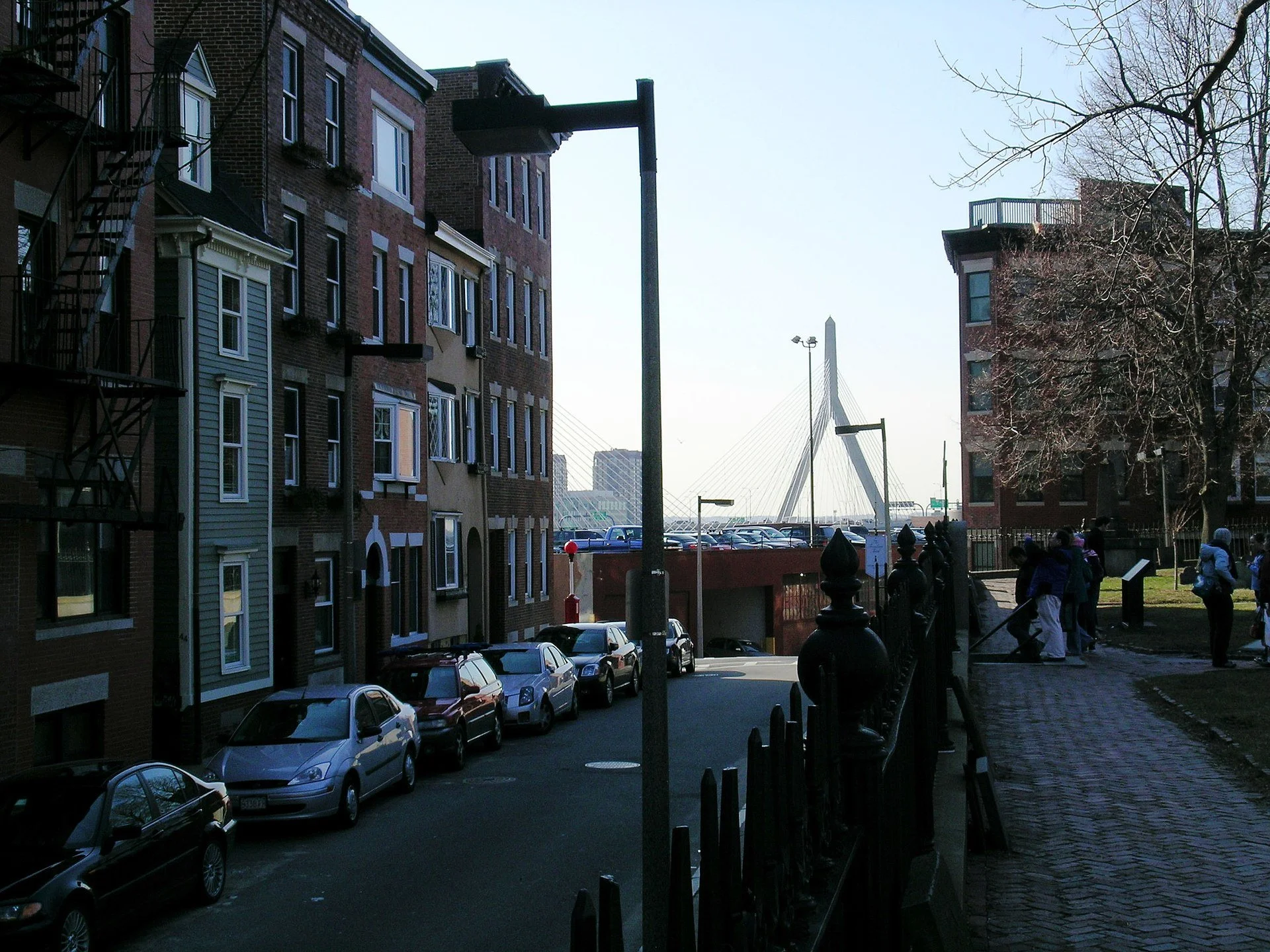
Prose beyond purple
“We dare not be original; our American Pine must be cut to the trim pattern of the English Yew, though the Pine bleed at every clip. This poet tunes his lyre at the harp of Goethe, Milton, Pope, or Tennyson. His songs might better be sung on the Rhine than the Kennebec.
“They are not American in form or feeling; they have not the breath of our air; the smell of our ground is not in them. Hence our poet seems cold and poor. He loves the old mythology; talks about Pluto—the Greek devil,—— the Fates and Furies—witches of old time in Greece,—-but would blush to use our mythology, or breathe the name in verse of our Devil, or our own Witches, lest he should be thought to believe what he wrote. The mother and sisters, who with many a pinch and pain sent the hopeful boy to college, must turn over the Classical Dictionary before they can find out what the youth would be at in his rhymes. Our Poet is not deep enough to see that Aphrodite came from the ordinary waters, that Homer only hitched into rhythm and furnished the accomplishment of verse to street talk, nursery tales, and old men’s gossip, in the Ionian towns; he thinks what is common is unclean. So he sings of Corinth and Athens, which he never saw, but has not a word to say of Boston, and Fall River, and Baltimore, and New York, which are just as meet for song. He raves of
Thermopylae and Marathon, with never a word for Lexington and Bunkerhill, for Cowpens, and Lundy’s Lane, and Bemis’s Heights. He loves to tell of the Ilyssus, of “smooth sliding Mincius, crowned with vocal reeds,” yet sings not of the Petapsco, the Susquehannah, the Aroostook, and the Willimantick. He prates of the narcissus, and the daisy, never of American dandelions and blue-eyed grass; he dwells on the lark and the nightingale, but has not a thought for the brown thrasher and the bobolink, who every morning in June rain down such showers of melody on his affected head.
What a lesson Burns teaches us addressing his “rough bur thistle,” his daisy, “wee crimson tippit thing,” and finding marvellous poetry in the mouse whose nest his plough turned over! Nay, how beautifully has even our sweet Poet sung of our own Green river, our waterfowl,of the blue and fringed gentian, the glory of autumnal days.”
― Massachussetts Quarterly Review, 1849
“Eschew the skylark and the nightingale, birds that Audubon never found. A national literature ought to be built, as the robin builds its nest, out of the twigs and straws of one's native meadows.”
― Van Wyck Brooks (1886-1963), in The Flowering of New England: 1815-1865
Fend them off and/or use them
Black Swallow-Wort flowers
Photo by jacilluch
Adapted from Robert Whitcomb’s “Digital Diary,’’ in GoLocal24.com
Invasive plants keep moving into southern New England from the southwest, aided by global warming. They crowd out some native plant species and harm certain native animal species, too. Some are poisonous.
Spotted Lanternfly
— Photo by WanderingMogwai
Invasive creatures are also moving in as New England’s climate becomes more like that of the Middle Atlantic states – e.g., those creepy but pretty Spotted Lanternflies, a menace to crops and trees.
In this hot and humid summer, the aggressive plants are growing particularly fast! Among them: Barberry, Black Swallow-Wort, Glossy Buckthorn and Oriental Bittersweet. They’ll keep coming. And wait till Kudzu, that invasive vine from Dixie, really gets going around here, strangling everything in sight.
But we can slow down these plants’ population explosion by pulling them out as soon as we see them and by using plant diseases and/or insect predators from their home range. Then there are man-made chemical herbicides, which of course must be used very carefully. (My favorite plant killer is vinegar.)
But some of these infuriating, fast-growing plants have medicinal uses!
Green Crab
This reminds me again of Green Crabs, those little invasive creatures that came over here from southern Europe and have been spreading along the New England coast as climate change raises seawater temperatures. The crabs consume vast quantities of high-value shellfish and tear up the ecological treasures that are marshes and eelgrass beds.
But it turns out that they can be eaten and create excellent stock for soups and stews. And they’re good bait. And so some entrepreneurs have started businesses to catch them. Let’s hope that this helps stem the worst of their aggression.
A Rhode Island company, Dune Brothers, serves Green Crabs.
The key ecological role of bats in New England
A Big Brown Bat Big (species found in New England) in flight.
— Photo by Rhododendrites
From an article by Frank Carini in ecoRI News’s series Wild New England, except for picture above.
“Across North America dichlorodiphenyltrichloroethane (DDT) and other pesticides had a significant impact on bats from the 1940s through the ’60s. Since the ban of DDT, in 1972, bat populations had been slowly recovering, until a fungal disease appeared three-plus decades later.
“Bat populations crashed again, when white-nose syndrome was discovered in a New York cave in 2006. The fungus that causes the disease spread rapidly across much of the United States, and the number of bat species that hibernate in caves and mines plummeted….
{But bats seem to be overcoming their latest challenges.}
‘‘These mammals play a vital ecosystem role. The nine bat species found in southern New England are insectivores, meaning they eat insects such as mosquitoes and some moths humans would label pests. It’s been estimated that an individual bat can eat 600 insects an hour. Nearly 70% of bat species feed primarily on insects. Some eat fruit, rodents, frogs, and fish….’’
Frank Carini:Trying to save Timber Rattlesnakes, which play useful ecological roles in New England
Timber Rattlesnake
— Photo by Glenn Bartolotti
Text edited and excerpted from an ecoRI News article by Frank Carini
“Providence’s Roger Williams Park Zoo, partnered with New England biologists and conservationists 14 years ago to try to save the region’s remaining Timber Rattlesnake populations.
“The project aligned perfectly with Lou Perrotti’s passion and experience. The zoo’s director of conservation programs believes that it is the responsibility of state wildlife agencies and other stakeholders, such as zoos and aquariums, to protect every species considered to be threatened or endangered, no matter how big or small. They all, even venomous snakes, play a role in ecosystem health.
“For example, research has shown that Timber Rattlesnakes help keep the occurrence of Lyme disease down by preying on deer mice, a popular host of the Lyme-carrying deer tick.
“The Northeast’s population of Timber Rattlesnakes, however, remains in serious decline, because of habitat loss, road mortality, and indiscriminate killing. Perrotti has noted this species historically has had a bounty on its head, which was a significant cause of its extirpation from Rhode Island in the late 1960s.’’
‘All song of the woods is crushed’
From the Nuremberg Chronicle of 1493
The line-storm clouds fly tattered and swift,
The road is forlorn all day,
Where a myriad snowy quartz stones lift,
And the hoof-prints vanish away.
The roadside flowers, too wet for the bee,
Expend their bloom in vain.
Come over the hills and far with me,
And be my love in the rain.
The birds have less to say for themselves
In the wood-world’s torn despair
Than now these numberless years the elves,
Although they are no less there:
All song of the woods is crushed like some
Wild, easily shattered rose.
Come, be my love in the wet woods; come,
Where the boughs rain when it blows.
There is the gale to urge behind
And bruit our singing down,
And the shallow waters aflutter with wind
From which to gather your gown.
What matter if we go clear to the west,
And come not through dry-shod?
For wilding brooch shall wet your breast
The rain-fresh goldenrod.
Oh, never this whelming east wind swells
But it seems like the sea’s return
To the ancient lands where it left the shells
Before the age of the fern;
And it seems like the time when after doubt
Our love came back amain.
Oh, come forth into the storm and rout
And be my love in the rain.
“A Line-Storm Song,’’ by Robert Frost (1874-1963). A “line storm” was a term once very common in New England that usually referred to a coastal storm (sometimes of tropical origin) coming up the coast in September or early October. People called them line storms because they came around the time that the sun “crossed the line,” that is, the fall equinox.
Invasive species are crowding out New England’s native species
An Asian shore crab
Multiflora rose
Text excerpted from an ecoRI News article by Frank Carini
“Invasive Asian shore crabs are outcompeting young lobsters. Invasive snake worms and hammerhead worms are burying themselves deeper into southern New England, where the former consumes the top layer of soil and dead leaves where the seeds of plants germinate, and the latter is toxic and transmits harmful parasites to humans and animals.
“Invasive multiflora rose and oriental bittersweet have long been embedded in the region, crowding out native vegetation and strangling trees. Some Rhode Island nurseries and garden centers still sell foreign species that don’t mix well with local flora and fauna.
“The spread of invasive species has long been recognized as a global threat to the environment, the economy, and people. Last summer, the Intergovernmental Science-Policy Platform on Biodiversity and Ecosystem Services (IPBES) for the United Nations issued a global assessment providing clear evidence of this growing threat.’’
Trying to identify New England’s oldest golf clubs
The imposing clubhouse of the Newport Country Club
Excerpted text from aNew England Historical Society article.
“In 1728, Royal Governor William Dummer arrived in Massachusetts with nine ‘goffe clubs,’ but it would be another 150 years before golf clubs formed in New England.
“But to name the oldest golf clubs in New England is to invite controversy. Can a golf club claim to be the oldest if it started out as a boat or a tennis club and later added a golf course?
“We relied on the U.S. Golf Association’s list of the oldest golf clubs in America. However, we chose the oldest golf clubs in each state according to the year the golf course was built.’’
‘Mass timber’ building
Mixed coniferous and deciduous forest in Presque Isle, Maine.
—Photo by Itsasatire
Adapted from Robert Whitcomb’s “Digital Diary,’’ in GoLocal24.com
Most of New England is woodland, especially, of course, Maine, New Hampshire and Vermont. Well-managed forests can be an economic boon, especially given the renewability of wood as a building material. (Let’s hope that a hurricane doesn’t blow down a lot of it, which is what happened in 1938.)
I thought of this after reading Abigail Brone’s article on the New England News Collaborative website about the use of “mass timber,’’ which involves installing wood panels in place of concrete and steel, whose manufacturing emits a great deal of carbon dioxide. The wood panels are shipped to building sites from fabrication centers elsewhere. Installing wood cuts labor costs compared to handling concrete and steel. This, among other things, could encourage a speedup in much-needed housing construction over the next few years.
Ms. Brone notes that the cost of mass timber in New England is substantially raised by having to be shipped from the South and Canada. But why not harvest a lot of New England wood for the purpose – especially from Maine, which is almost 90 percent forested?
A University of Maine report says:
“The Maine Mass Timber Commercialization Center (MMTCC) brings together industrial partners, trade organizations, construction firms, architects, and other stakeholders in the region to revitalize and diversify Maine’s forest-based economy by bringing innovative mass timber manufacturing to the State of Maine. The emergence of this new innovation-based industry cluster will result in positive economic impacts to both local and regional economies, particularly in Maine’s rural communities.”
Another invader from the South
Cliff Vanover knew something was wrong one night while traveling in upstate New York in 1995. His palms got itchy, then he got hives, then ‘my body was one solid hive,’ he said. He had gone into anaphylaxis, a severe allergic reaction.
“His wife had antihistamines for her own allergies, so he took some and the symptoms subsided. But then it happened again. ‘I had no allergies at the time,’ Vanover said, so he went to an allergist, who did a series of scratch tests. The Charlestown, R.I., resident learned he was allergic to beef, lamb, and pork.
“Although there was no name for it three decades ago, when Vanover contracted it, he had what is now known as alpha-gal syndrome. It’s caused by the bite of a lone star tick, and it’s going to become a lot more prevalent here in New England {as they move north}.’’
To read the full article, by Bonnie Phillips, please hit this link.
What causes earthquakes in the Northeast?
An 18th-Century woodcut taken from a religious tract showing the effects of the Cape Ann Earthquake, on Nov. 18, 1755, whose magnitude is believed to have been at 6.0-6.3 on the Richter scale.
It’s rare to feel earthquakes in the U.S. Northeast, so the magnitude 4.8 earthquake in New Jersey that shook buildings in New York City and was felt from Maryland to Boston on April 5, 2024, drew a lot of questions. It was one of the strongest earthquakes on record in New Jersey, though there were few reports of damage. A smaller, magnitude 3.8 earthquake and several other smaller aftershocks rattled the region a few hours later. We asked geoscientist Gary Solar to explain what causes earthquakes in this region.
There are many ancient faults in that part of New Jersey that extend through Philadelphia and along the Appalachians, and the other direction, past New York City and into western New England.
These are fractures where gravity can cause the rock on either side to slip, causing the ground to shake. There is no active tectonic plate motion in the area today, but there was about 250 million to 300 million years ago.
The Ramapo Fault, in green, is a major fault zone in New Jersey. The red dots indicate earthquakes of magnitude 3 or higher, reported by the U.S. Geological Survey and National Earthquake Information Center. Alan Kafka/Wikimedia
The earthquake activity in New Jersey on April 5 is similar to the 3.8 magnitude earthquake that we experienced in 2023 in Buffalo, New York. In both cases, the shaking was from gravitational slip on those ancient structures.
In short, rocks slip a little on steep, preexisting fractures. That’s what happened in New Jersey, assuming there was no man-made trigger.
Magnitude 4.8 is pretty large, especially for the Northeast, but it’s likely to have minor effects compared with the much larger ones that cause major damage and loss of life.
The scale used to measure earthquakes is logarithmic, so each integer is a factor of 10. That means a magnitude 6 earthquake is 10 times larger than a magnitude 5 earthquake. The bigger ones, like the magnitude 7.4 earthquake in Tawian a few days earlier, are associated with active plate margins, where two tectonic plates meet.
The vulnerability of buildings to a magnitude 4.8 earthquake would depend on the construction. The building codes in places like California are very strict because California has a major plate boundary fault system – the San Andreas system. New Jersey does not, and correspondingly, building codes don’t account for large earthquakes as a result.
Earthquakes are actually pretty common in the Northeast, but they’re usually so small that few people feel them. The vast majority are magnitude 2.5 or less.
The rare large ones like this are generally not predictable. However, there will likely not be other large earthquakes of similar size in that area for a long time. Once the slip happens in a region like this, the gravitational problem on that ancient fault is typically solved and the system is more stable.
That isn’t the case for active plate margins, like in Turkey, which has had devastating earthquakes in recent years, or rimming the Pacific Ocean. In those areas, tectonic stresses constantly build up as the plates slowly move, and earthquakes are from a failure to stick.
This article, originally published April 5, 2024, has been updated with several smaller aftershocks felt in the region.
Fearsome forest
Panorama showing Mt. Liberty, Mt. Flume, parts of the Pemigewasset Wilderness, and parts of Franconia Notch State Park in the White Mountains.
“New Hampshire is one big forest. So apart from the very occasional town or ski resort, New Hampshire is primarily, sometimes dauntingly, wilderness. And its hills are loftier, craggier, more difficult and forbidding than Vermont’s.’’
— From A Walk in the Woods (1998), by Bill Bryson, about hiking up the Appachian Trail.
History of Easter in New England
Dressed up for Easter in Boston in 1936.
— Boston Public Library photo
Text excerpted from a New England Historical Society article.
“Easter Sunday traditions in New England have long included dying eggs, wearing new clothes, baking hot cross buns and attending sunrise services. They are based on pagan superstitions, which of course is why the Puritans didn’t celebrate the holiday. (The Puritans didn’t like Christmas, either.) For the early Puritans, celebrating the Lord’s Day 52 times a year was quite enough.
“Others brought traditions from Europe. Germans believed, for example, that rabbits laid beautifully colored eggs on Easter.
“Franco-Americans rose before the sun came up to fetch water, which they called Peau de Paques, from a stream. They believed it had miraculous qualities, staying pure indefinitely. They washed with it, drank it and saved it.
““Easter usually (though not always) falls later for members of the Greek Orthodox Church than for other Christians. On the holiday itself, Greek Orthodox Christians used to greet each other by saying, “Christ has risen.” The response: “Truly he has risen.”
“Italian-Americans have a number of sayings about Easter, including ‘happy as Easter’ (which means someone is happy) or ‘as long as Lent’ (which means something is long).’’
To read the full article, please hit this link.
Trying to save horseshoe crabs
Horseshoe crabs mating.
Edited from a ecoRI News article by Frank Carini
“Ancient creatures with 12 legs, 10 eyes, and blue blood were once so prevalent on southern New England beaches that people, including children, were paid to kill them.
“Their helmet-like bodies can still be seen along the region’s coastline and around its salt marshes, but in a fraction of the numbers witnessed seven decades ago. There are several reasons why.
“In the 1950s coastal New England paid fishermen and others bounties to kill the up to 2-feet-long arachnids — horseshoe crabs are more closely related to spiders, scorpions and ticks than to crabs — because they interfered with human enjoyment of the shore and were viewed as shellfish predators….
“People, not just fishermen, were reportedly encouraged to toss horseshoe crabs above the high-tide line, so they would dry out and die. They were labeled ‘pests’ and ground up for fertilizer. Beachfront property owners were apparently concerned the creature’s presence and their decaying death would impact real estate values.
{Horseshoe crabs are harvested for their blood’s medical applications.}
“Those ignorant days may be over, but horseshoe crabs are facing other threats to their existence.’’
“The Center for Biological Diversity, an Arizona-based nonprofit, and 22 partner organizations recently petitioned NOAA Fisheries to list the Atlantic horseshoe crab as an endangered species under the Endangered Species Act….’’
To read the whole article, please hit this link.
Commercialized love in New England
Sweethearts were made by the New England Confectionery Company, or Necco, before being purchased by the Spangler Candy Company in 2018.
Read The New England Historical Society’s look at the history of Valentine’s Day in New England.
Birds' spring songs may be coming earlier
Chickadees’ songs cheer up New Englanders in their shortening winters. The species shown here, the Black-Capped Chickadee, is the state bird of Massachusetts.
Song sparrow
‘On any given, relatively warm winter day, the melodies of song sparrows and chickadees float down from the trees.
“Hearing birdsong in early winter is both a natural and unnatural phenomenon, according to ornithologists. As days get longer and warmer, the birds’ internal clocks urge them to sing.
“That’s why you may hear birds that live here year-round, like the chickadee, or that winter here but breed father north, like the American robin, sing during nice weather, according to Salve Regina University professor Jameson Chase. ‘So, not unusual and certainly not on warm days.’
“But with spring-like weather coming earlier and earlier due to climate change, some of the songs of the season may be coming a little earlier, too.’’
Please hit this link to read the whole article, by Colleen Cronin
They did what they had to do
Ulysses S. Grant (1822-1885), in his official presidential portrait, painted in 1875. He was, of course, the greatest Civil War general, and while his presidential reputation was sullied by corruption by some people in his administration, historians in recent years have raised their view of his two terms in office. The ancestors of Grant’s father emigrated to the Massachusetts Bay Colony from England in the 1630’s.
The greenish-yellow area has been expanding north at an accelerating rate in the past few decades. The climate of New England was considerably colder than now during “The Little Ice Age,’’ 1300-1850.
“They [the Pilgrim Fathers] fell upon an ungenial climate, where there were nine months of winter and three months of cold weather and that called out the best energies of the men, and of the women too, to get a mere subsistence out of the soil, with such a climate. In their efforts to do that they cultivated industry and frugality at the same time—which is the real foundation of the greatness of the Pilgrims.’’
From the speech by Ulysses S. Grant at a New England Society Dinner in New York on Dec. 22, 1880.
And healthily ignore reality
“Withstanding the cold {in New England} develops vigor for the relaxing days of spring and summer. Besides, in this matter as in many others, it is evident that nature abhors a quitter.”
― Arthur C. Crandall, in New England Joke Lore: The Tonic of Yankee Humor
A new group will address region’s housing shortages
Three-decker housing in Worcester.
The New England Council is pleased to announce the establishment of a new cross-sector Housing Working Group. The new Working Group will bring together council members from various sectors throughout the region to work collaboratively to address the housing shortages plaguing the region.
The New England region faces an unprecedented shortage of housing at all levels – everything from affordable rental units, to middle-income single-family homes. The shortages are having a negative impact on the region’s economy, making it difficult for employers to attract and retain talent, and making the region less attractive for businesses to locate and expand here.
The new Housing Working Group will focus on:
Identifying and supporting federal policy proposals that aim to increase housing supply.
Educating federal policymakers about the impact of the shortages and impediments to solving the crisis.
Fostering collaboration across different sectors and across state lines.
The Working Group is open to any council member who is interested in working on this issue, and will host its first meeting on Thursday, Feb. 15. Council members can register HERE.
If you have any questions about this new initiative, please contact Griffin Doherty, director of Federal Affairs.
Thin religiosity and archaic roads
On a typically narrow Boston road — Hull Street. From left to right: the Skinny House, the Leonard P. Zakim Bunker Hill Memorial Bridge and the Copp's Hill Burying Ground. The Skinny House, built soon after the Civil War, is reportedly the most narrow in Boston, and is said to have been built to spite the neighbors.
“Even after thirty years, I still think New Englanders sound funny, that they expect too much of the Red Sox, that their religiosity is more procedural than deeply felt, and that their highways are built with the conviction that automobiles could not possibly replace the horse-drawn buggy, and therefore need not be wide, permanent, or especially well-designed.’’
-- C. Michael Curtis (1934-2023) in New England Stories (1992). A New York City native, he was the long-time fiction editor of The Atlantic (magazine ), which was based in Boston from its founding, in 1857, until it was moved to Washington, D.C., in 2006
First Unitarian Church of Providence.








